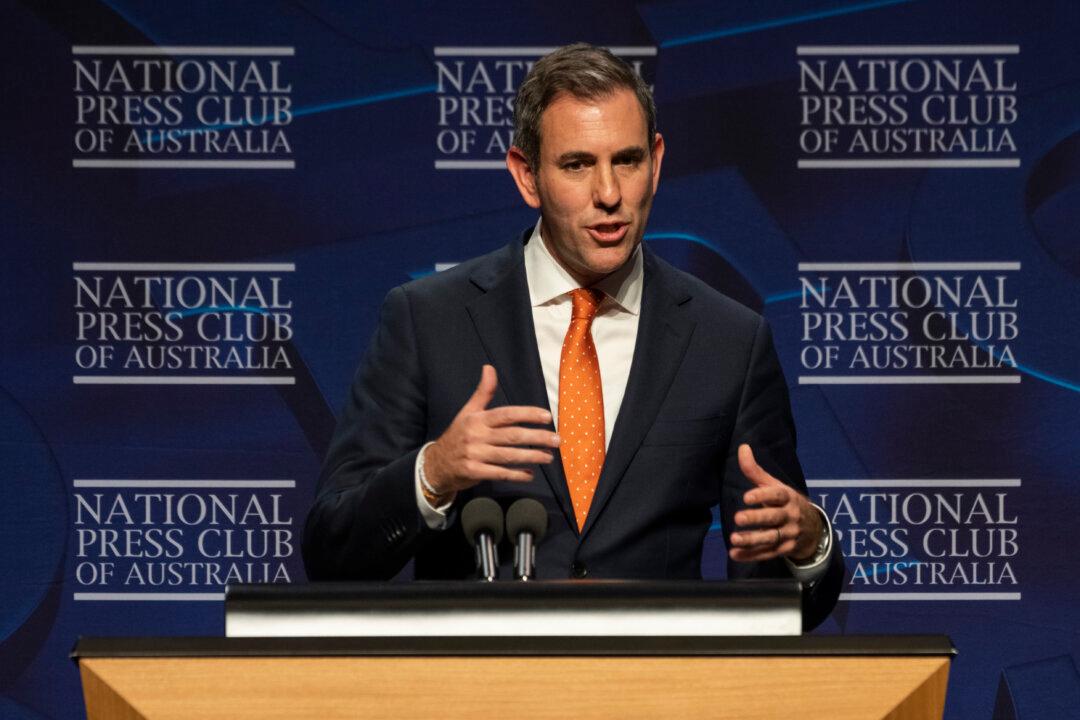Australian Treasurer Jim Chalmers has announced a new $900 million fund aimed at improving the country’s productivity, including infrastructure building.
Australia sits in the middle of OECD countries for productivity: behind the Nordic states, France, and the United States, but ahead of the United Kingdom, Canada and New Zealand, and the OECD average.





